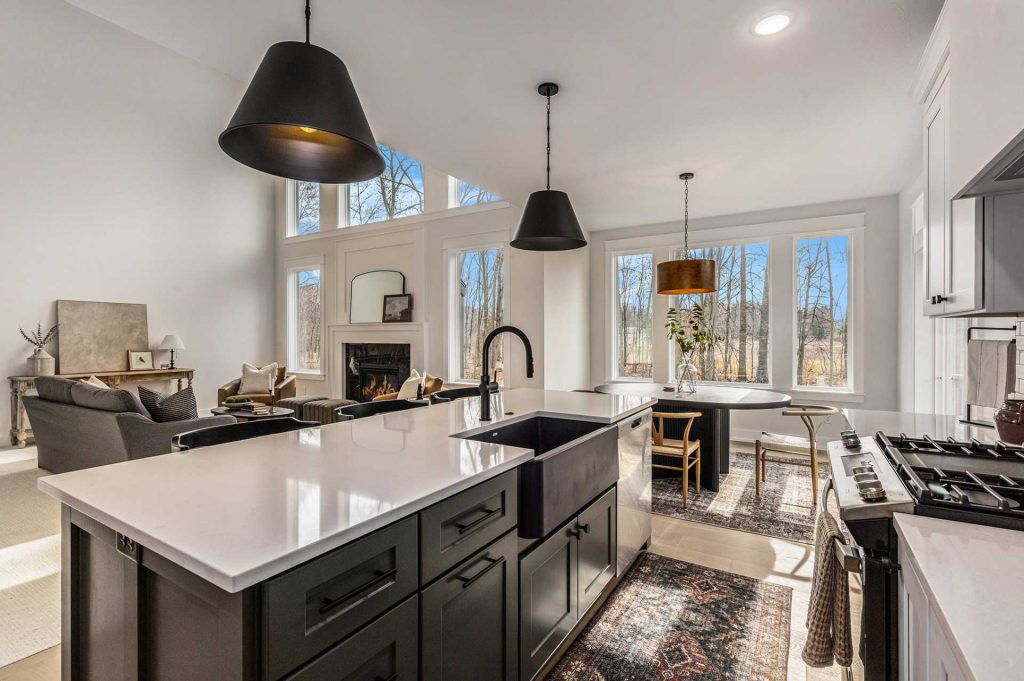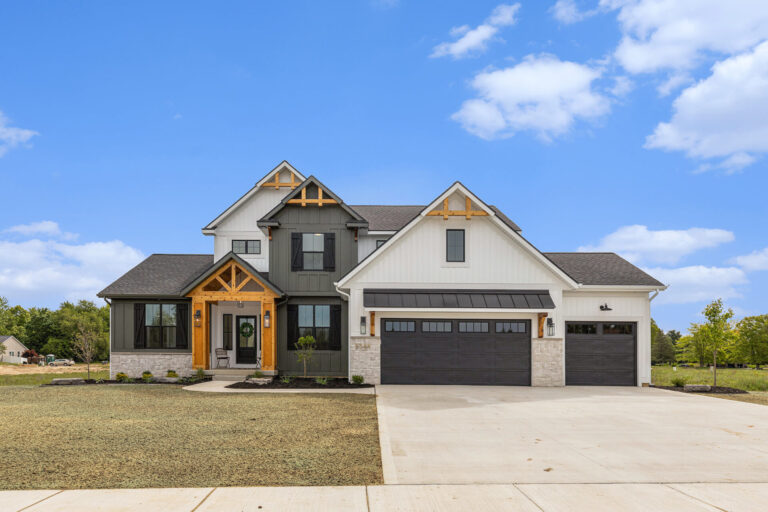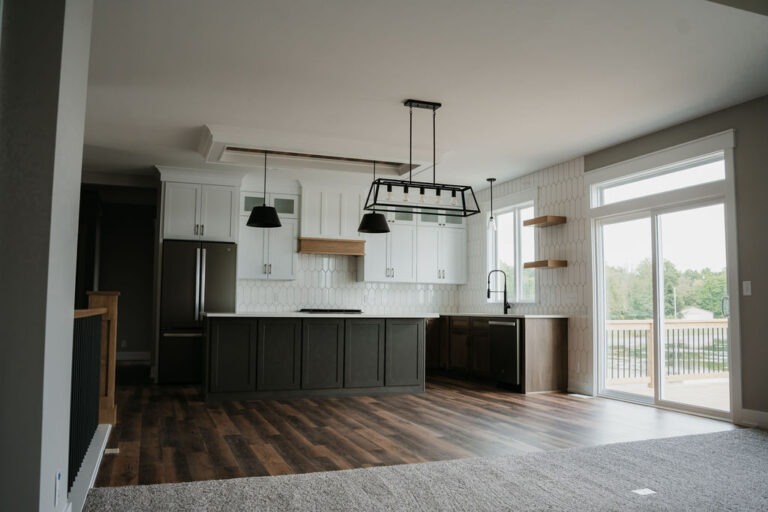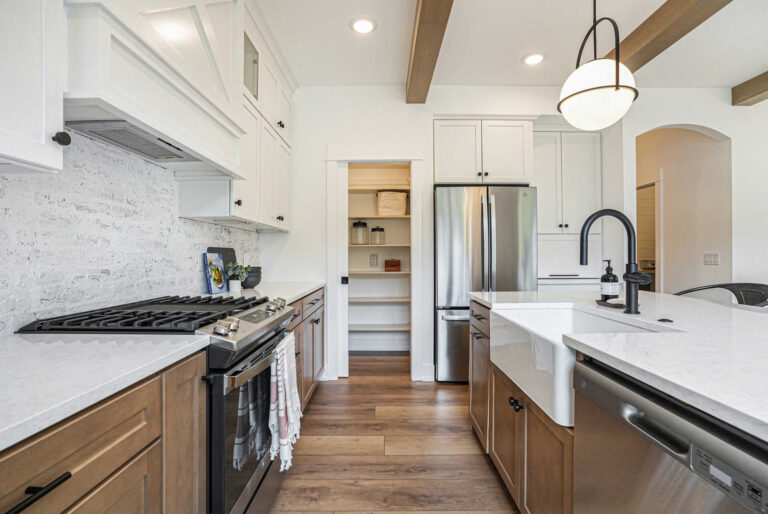Share
Open Concept vs. Traditional Closed-Off Spaces: Weighing the Pros and Cons
One of the most exciting parts of designing a custom home with Buffum Homes is tailoring the layout to your unique preferences. A big decision many homeowners face is choosing between an open concept design or a traditional layout with closed-off spaces. Both options have their advantages and challenges, and the choice often comes down to your lifestyle, needs, and aesthetic preferences. Here’s an overview of the pros and cons of each to help you make an informed decision.
Open Concept Spaces
Open concept designs remove walls between key areas, such as the kitchen, dining, and living rooms, creating one large, flowing space.
Pros:
◦ Enhanced Flow: The lack of barriers allows for seamless movement and visual connection between spaces, perfect for entertaining or keeping an eye on family activities.
◦ Abundant Light: Without walls to block it, natural light can move freely, making your home feel brighter and more inviting.
◦ Spacious Feel: An open layout can make even smaller homes feel larger and more expansive.
◦ Connected Living: Ideal for families or those who love to host, open spaces encourage togetherness and communication.
Cons:
◦ Noise Travels: With fewer walls to buffer sound, noise from the kitchen or living area can easily spread.
◦ Reduced Privacy: Open layouts may lack quiet spaces for work or relaxation.
◦ Storage Challenges: Limited walls mean fewer options for built-ins or storage.
◦ Design Coordination: You’ll need to maintain a cohesive style and color palette throughout the open space.
Traditional Closed-Off Spaces
Traditional layouts use walls to define distinct rooms, creating more separation and structure.
Pros:
◦ Privacy: Closed rooms offer quiet, focused areas, making them great for home offices, studies, or bedrooms.
◦ Defined Purpose: Each room is designed for a specific function, simplifying organization and furniture placement.
◦ Sound Control: Walls help contain noise, which is especially useful for larger households.
◦ Energy Efficiency: Heating or cooling individual rooms can be more efficient than regulating a large open space.
Cons:
◦ Limited Light: Walls can block the flow of natural light, making spaces feel darker.
◦ Restricted Flow: Moving between rooms can feel less seamless, especially during gatherings.
◦ Perceived Size: Closed-off spaces can make a home feel more compact or compartmentalized.
A Blend of Both: The Best of Both Worlds
For many homeowners, the perfect solution lies in combining elements of both open and closed layouts. Examples include:
◦ Partially Open Designs: Keeping communal areas open while maintaining private, closed-off spaces like an office or den.
◦ Flexible Rooms: Using sliding doors, pocket walls, or partitions to create adaptable spaces that can open or close as needed.
Our Goal: Your Vision, Optimized
At Buffum Homes, our priority is to design a home that reflects your vision while making the most of every square foot. Whether you prefer an open concept, a traditional layout, or a combination of both, we focus on thoughtful design and efficient use of space. Our goal is to ensure you get the most out of your investment by creating a home that is not only beautiful but also functional and tailored to your needs.
Let’s Build the Home You’ve Always Wanted
Whatever layout you choose, Buffum Homes is here to guide you every step of the way. Contact us today to start designing a home that’s perfect for your lifestyle.




